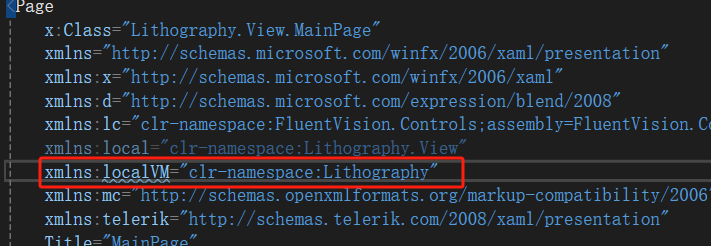WPF 控制动画开关
记录一种实现方式:
第一步:
首先定义一个静态类,提供依赖属性,进而方便在xaml中实现绑定:
public static class AnimationBehavior { // 定义附加属性 public static readonly DependencyProperty IsAnimatingProperty = DependencyProperty.RegisterAttached( \"IsAnimating\", typeof(bool), typeof(AnimationBehavior), new PropertyMetadata(false, OnIsAnimatingChanged)); public static bool GetIsAnimating(DependencyObject obj) => (bool)obj.GetValue(IsAnimatingProperty); public static void SetIsAnimating(DependencyObject obj, bool value) => obj.SetValue(IsAnimatingProperty, value); private static void OnIsAnimatingChanged(DependencyObject d, DependencyPropertyChangedEventArgs e) { if (d is FrameworkElement element) { // 通过 VisualTreeHelper 查找模板中的 Storyboard if (element.FindResource(\"ShadowAnimation\") is Storyboard storyboard) { if ((bool)e.NewValue) storyboard.Begin(element, true); // 启动动画 else storyboard.Stop(element); // 停止动画 } } } }其中实现了依赖属性IsAnimating。
第二步:
在前端中定义动画:
<!----> 其中每一个DoubleAnimation定义中的TargetName是当前界面的其他对象名称:
比如myBorder 和 ShadowEffect;
第三步:
创建绑定关系:
比如上方代码中:
localVM:AnimationBehavior.IsAnimating=\"{Binding CurrentActionHandle.ExecutionState, Converter={StaticResource SingleFlowExecutionStateToBoolJustRunnimg}}\"给新手解释一下,其中localVM是自己定义的命名空间:

可我这里使用了转换器,可以理解为就是把执行动画的开关绑定到了我后端ViewModel的属性上。


